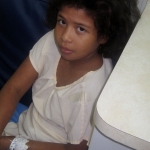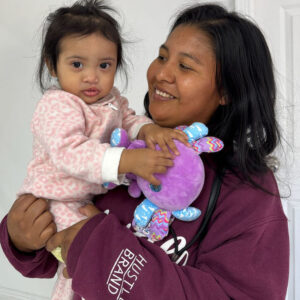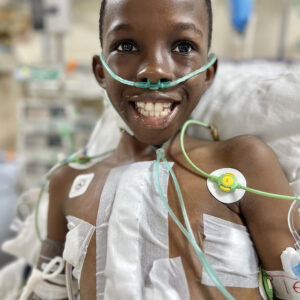Panama / Dr. Michael Womack / Children’s Lifeline
 1) It is hard to be as excited about diagnostic caths or TEE (trans-esophageal echo) as interventional caths, but when they are the only way to know how to take care of someone, they are obviously critically useful. One patient brought in for possible ASD closure had TEE only when we saw the defect would require surgery. 2 cath patients were found not to need intervention by the cath data and images.
1) It is hard to be as excited about diagnostic caths or TEE (trans-esophageal echo) as interventional caths, but when they are the only way to know how to take care of someone, they are obviously critically useful. One patient brought in for possible ASD closure had TEE only when we saw the defect would require surgery. 2 cath patients were found not to need intervention by the cath data and images.
2) It is also hard to account for all the patient evaluations and discussions we have during the week. This includes all of the listed patients plus quite a few more.
3) Finally, it is hard to account for the value of the collegiality, which this time included a proctor from Colombia (Dr. Vallejo) working with us to show us a new technique for Panama, device closure of VSD’s. As with ASD’s, this technique requires TEE + catheter work and if successful, obviates the need for an open heart surgery. We did 5 of these cases, and although a case had been done before in Panama, this was the first time an entire series of patients were done.
Over the past 14 years in Panama we have done >400 cases now, meaning almost 30/year. Children’s Lifeline and Gift of Life Panama have been vital, and with the success of the missions, the local Children’s hospital and the private hospitals with the labs we have used have become committed to us—success attracts partners, and breeds more success. This local support, with the local medical talent, has been the difference between a recurring “medical safari” and the true program development that has occurred. It really could hardly be scripted better.
Thanks to both of you and your organizations for all the help.
-Dooley




